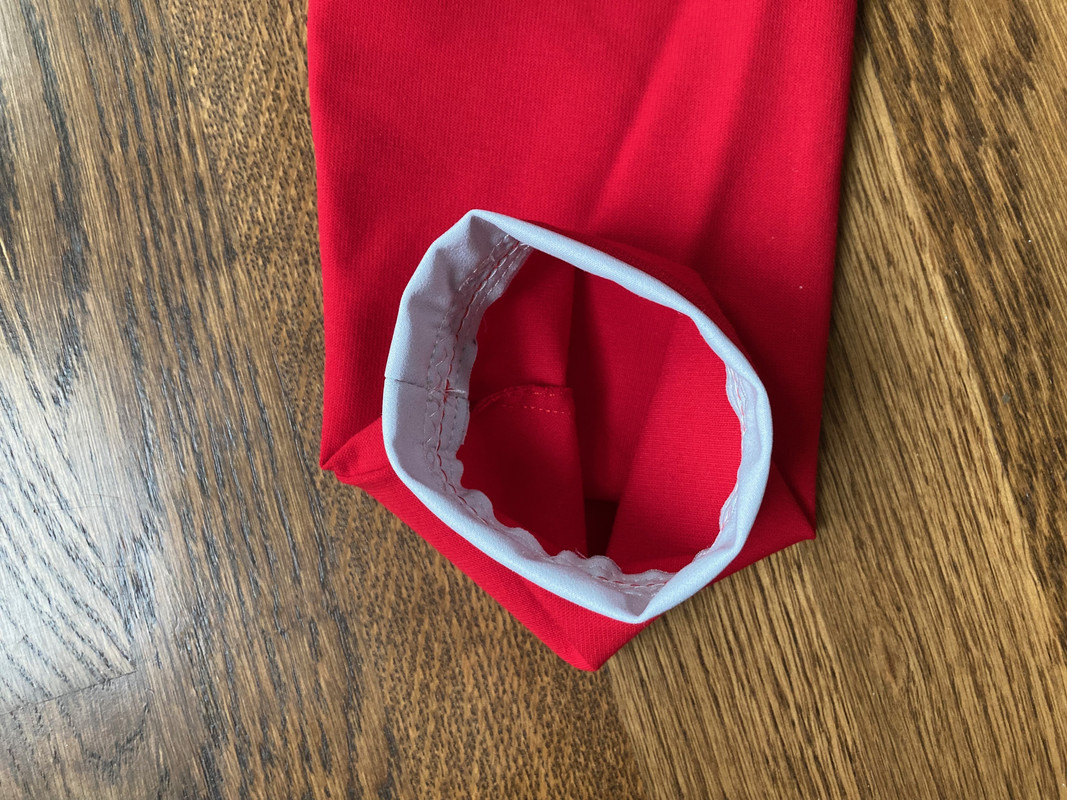bishopdonmiguel
Active Member
For people of a certain age, the March 18th, 1981, premiere of The Greatest American Hero easily won our hearts and would be the topic of conversation among friends during the subsequent school day. Especially during the early episodes, the show was a great mix of science fiction, action, drama and comedy. The writing would later get lazy & sometimes outright ridiculous but the actors performances were always enjoyable. For this old man who’s still just a kid at heart, it has been a long sought dream to wear “The Suit.”
An aside, I stopped contributing here after some of my posts were unilaterally removed without explanation or opportunity to correct whatever sin(s) were committed. I understand the need to enforce rules, even if arbitrary, but expending effort that simply goes into the trash without warning isn’t something I wan’t to repeat. Fool me once kind of thing. After trying to register with a GAH forum and receiving no activation email, I reconsidered and decided I’d try again because I hope there are others like me that have a fondness for this show. Sharing the love is, after all, why we post.
I will be authoring a rough how-to for any interested in trying their hand at making their own Suit. Full disclosure, I’m a prop builder not a seamsperson. While I’m proud of my effort, mistakes were made and I would do things differently should I ever create a Suit v2.0. Accordingly, there will be no detailed sewing instructions, just an overview of the materials I used and the steps I took.
I hope this thread will be helpful to others, or at the very least interesting.
To start, let’s see some shots of the goalposts…



An aside, I stopped contributing here after some of my posts were unilaterally removed without explanation or opportunity to correct whatever sin(s) were committed. I understand the need to enforce rules, even if arbitrary, but expending effort that simply goes into the trash without warning isn’t something I wan’t to repeat. Fool me once kind of thing. After trying to register with a GAH forum and receiving no activation email, I reconsidered and decided I’d try again because I hope there are others like me that have a fondness for this show. Sharing the love is, after all, why we post.
I will be authoring a rough how-to for any interested in trying their hand at making their own Suit. Full disclosure, I’m a prop builder not a seamsperson. While I’m proud of my effort, mistakes were made and I would do things differently should I ever create a Suit v2.0. Accordingly, there will be no detailed sewing instructions, just an overview of the materials I used and the steps I took.
I hope this thread will be helpful to others, or at the very least interesting.
To start, let’s see some shots of the goalposts…

